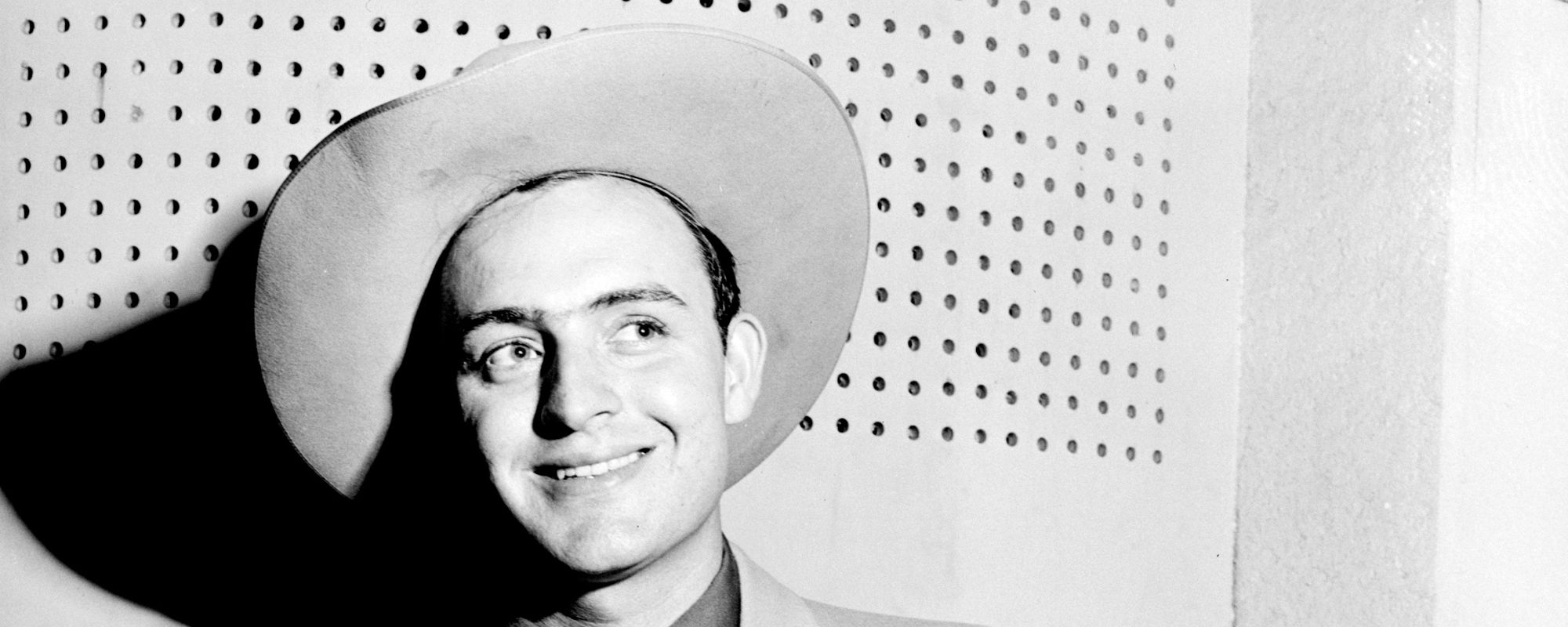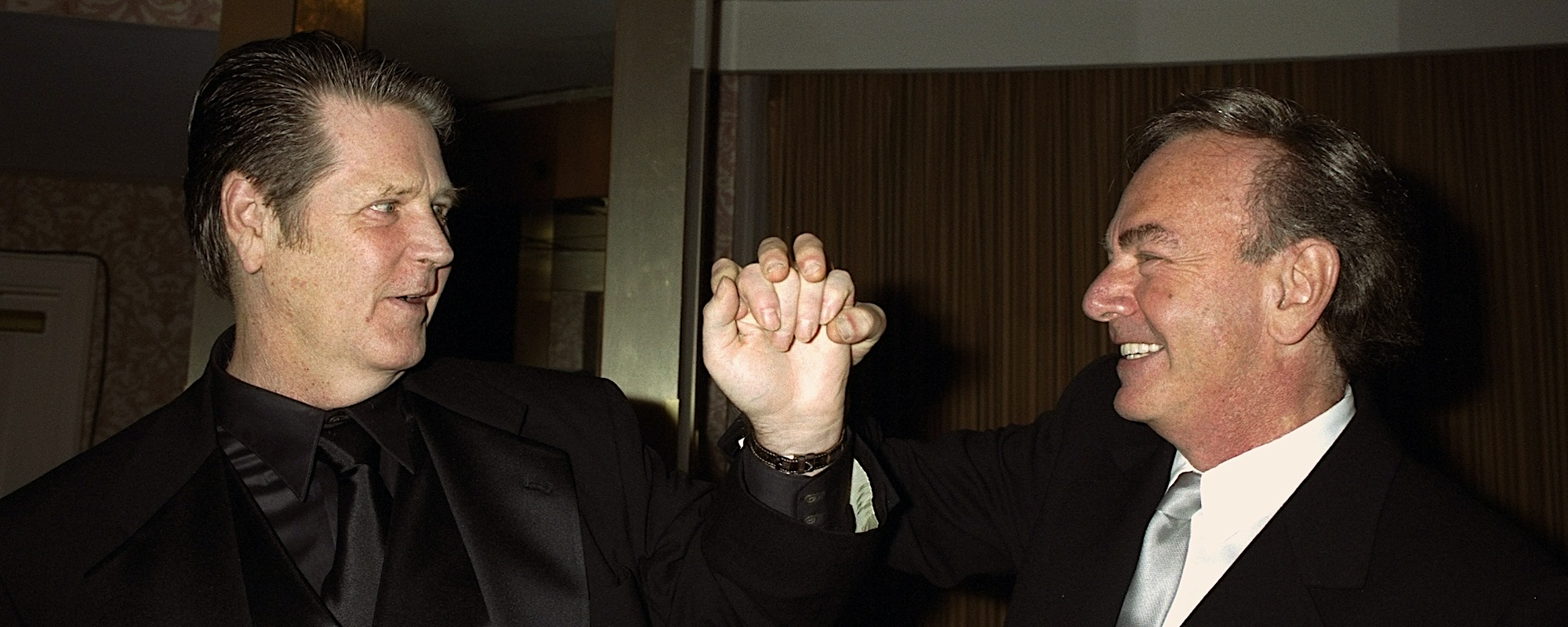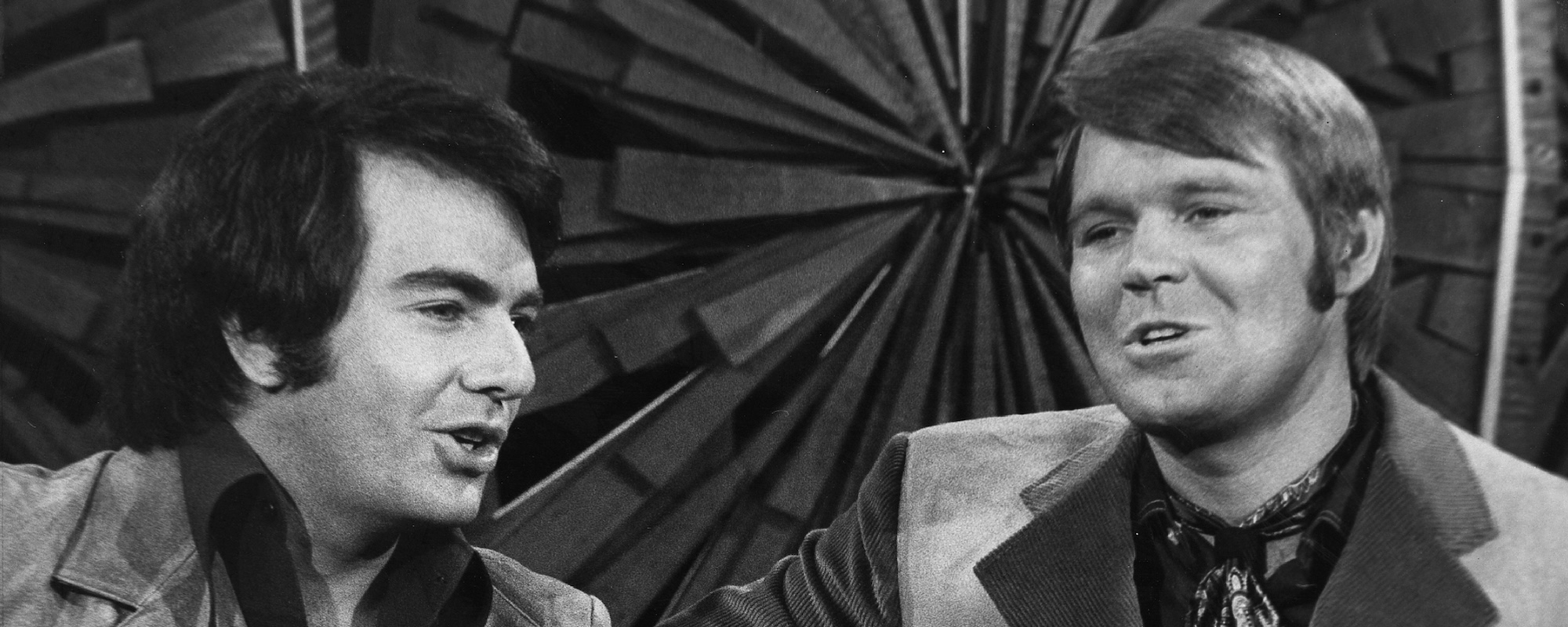After being accepted into a pre-med program at New York University on a fencing scholarship, songwriting kept pulling Neil Diamond in another direction, further away from his studies. Most days, Diamond would cut class and take the train up to Tin Pan Alley to try to sell some of his songs to publishers.
“The subway train from Brighton Beach [Brooklyn], where I lived, that took us to New York University, went a few more stops further to Tin Pan Alley,” remembered Diamond in a 2005 interview. “So there was a lot of cutting of classes, going up and trying to peddle the newest song, probably that I had written in one of the classes at school. So it was an attraction. It was a seduction that was just a couple of stops beyond NYU and I unfortunately spent a lot of time skipping that, the NYU Eighth Street stop, and going up to the 49th Street stop, which is where Tin Pan Alley was.”
By his senior year, Diamond was offered a 16-week position at Sunbeam Music Publishing for $50 a week, which was enough for him to drop out of school, just a few credits short of graduation. After his run with Sunbeam, Diamond started recording his own songs and landed a contract with his high school friend Jack Packer. Mirroring the Everly Brothers, Diamond and Packer called themselves Neil & Jack.
Videos by American Songwriter
[RELATED: Behind the Meaning, and ‘Women,’ of Neil Diamond’s “Sweet Caroline”]
“You are My Love at Last” and “What Will I Do”
Shortly after forming, the short-lived duo released their debut single “You Are My Love at Last” and “What Will I Do” in 1962. Both songs, written by Diamond, showcased a young naivete and an unadulterated sentiments around love.
“You are My Love at Last” was the more promising of the two song, set around finding one’s true love.
I have searched the whole world
Looking for that one girl
That was in the past
And you were my love at last
You’re my one desire
Set my soul on fire
Now a spell is cast
And you were my love at last
You are life to me and my destiny
Things a mortal man wouldn’t understand
I see paradise deep within your eyes
On the flip side—literally the B-side—”What Will I Do” looked at the other end of love, and heartbreak.
If you decide to say goodbye
You’re gonna make my poor heart cry
Oh, what, what what can it be
But time will tell if you’ll be true
Or if you gonna leave me blue
So I’ll just wait-ait and see
If you never gonna kiss me again
And you never hug me again
What will I do
Oh my dear, I really try
When you’re out with another guy
But I can’t help feeling sad
This hurt I have within my heart
Is there because you want to part
Why must you treat me bad
Why do you want to leave
You make my poor heart grieve
The duo followed the first singles with “I’m Afraid” with “Till You’ve Tried Love” in ’62 before Diamond was signed to Columbia later that year as a solo artist.
[RELATED: 3 Early Songs Neil Diamond Wrote for Other Artists]

“Clown Town” and “At Night” to “Solitary Man”
By July of ’63, Diamond released the solo singles “Clown Town” and “At Night,” but neither charted and he was dropped from the label, just three years before his debut album The Feel of Neil Diamond, which featured his first charting song, “Solitary Man,” peaking at No. 21 on the Billboard Hot 100, and “Cherry, Cherry,” which went to No. 6.
“Once I had a chart record of my own, I was no longer a kid knocking around on the streets,” said Diamond. “I was now—well, we didn’t call them artists at that time—we called them vocalists. But I was a vocalist, and it was a whole different thing. I was writing for myself, so I had to really dig in and write as well as I possibly could. And I have to say, before that time, I don’t know if I was doing that.”
Diamond continued, “I was just writing, and writing, and writing, maybe just to get an advance from a publisher. But there was not a lot of me in those songs. And ‘Solitary Man’ was the first of a long line of me songs, my experience songs.
Still writing songs for other artists, many of which he would later record himself, Diamond penned “Sunday and Me,” which went to No. 18 in 1965 for Jay and the Americans, along with several songs for the Monkees.
By ’66, Diamond went to No. 1 on the charts internationally, including in the U.S., with the Monkees’ “I’m a Believer.”
Photo: Roz Kelly/Michael Ochs Archives/Getty Images













Leave a Reply
Only members can comment. Become a member. Already a member? Log in.